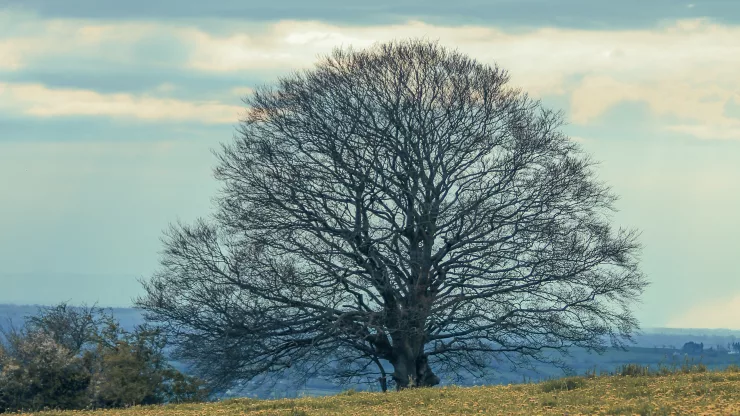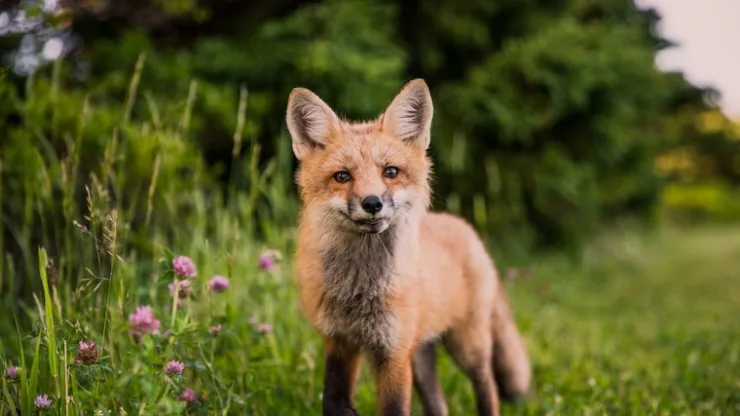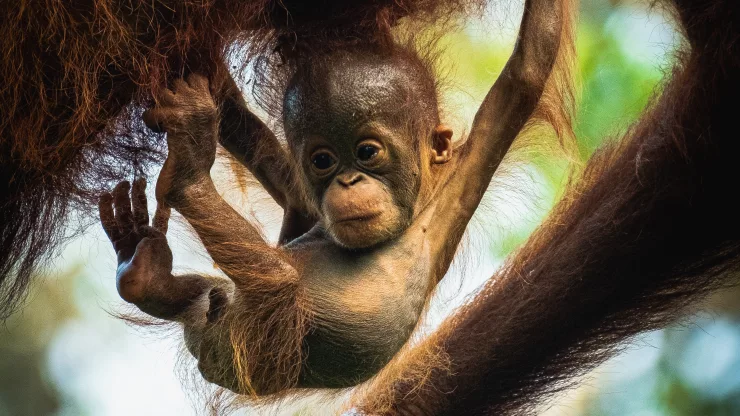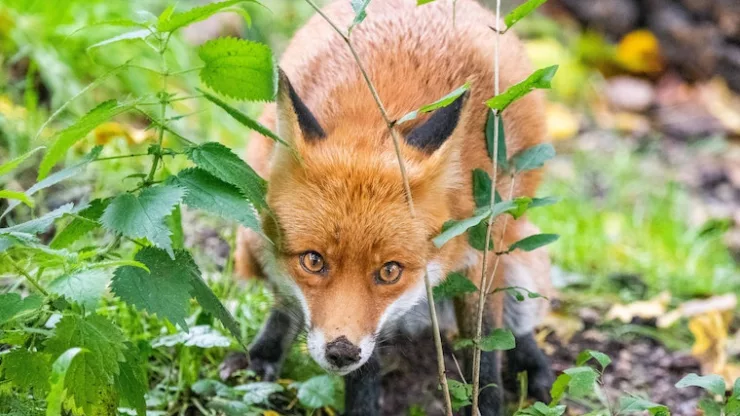Cities are often thought of as concrete jungles devoid of nature, but in reality, wildlife is thriving in urban areas.
As human populations continue to grow and expand, many species have adapted to living alongside us in cities.
From birds and bats to coyotes and raccoons, urban wildlife has found ways to not only survive but also thrive in these man-made environments.
In this article, we will explore the success stories of wildlife in urban areas and how we can support urban biodiversity.
Jump to Section
The Rise of Urban Wildlife
Urbanization has led to the fragmentation and loss of natural habitats, creating challenges for wildlife survival.
However, some animals have found ways to adapt to the changing landscape and even thrive in urban areas.
The increase in food sources, such as garbage and bird feeders, has attracted various species to cities.
Additionally, the green spaces and parks in cities can provide habitats for wildlife.
Urban wildlife can also have positive effects on the environment and human well-being.
For example, they can control pest populations and pollinate plants. Moreover, their presence can provide opportunities for people to connect with nature and improve their mental health.
Adapting to City Life
Urban wildlife has had to adapt to the challenges of living in cities.
For example, some birds have learned to sing at higher frequencies to be heard above the noise of traffic.
Raccoons have become nocturnal to avoid human activity during the day. Coyotes have learned to navigate busy streets and avoid human conflict.
Success Stories of Thriving Wildlife
Many species have successfully adapted to urban life. Here are some examples:
-
Peregrine Falcons: These birds of prey have successfully nested on skyscrapers and other tall buildings in cities.
They have adapted to using artificial structures as nesting sites and have even been known to hunt pigeons and other birds in urban areas.
-
Bats: Urban areas can provide ideal habitats for bats, with plenty of roosting sites and insects to eat.
In Austin, Texas, the Congress Avenue Bridge is home to the largest urban bat colony in North America, with over 1.5 million bats.
-
Coyotes: These adaptable animals have learned to live alongside humans in many cities.
In Chicago, coyotes have been observed living in parks and green spaces and even crossing busy streets.
How We Can Support Urban Biodiversity
As human populations and urbanization continue to grow, it is essential to support urban biodiversity. Here are some ways we can help:
- Create more green spaces and parks in cities.
- Plant native plants to provide habitats and food sources for wildlife.
- Reduce light pollution to help birds navigate at night.
- Manage waste and garbage to reduce the attraction of wildlife to urban areas.
- Educate people about the importance of urban biodiversity and the role they can play in supporting it.
FAQ
What are some other successful examples of urban wildlife?
Other examples of thriving urban wildlife include raccoons, opossums, squirrels, and various bird species such as pigeons and sparrows.
Are there any challenges to urban biodiversity?
Yes, urbanization can lead to habitat loss, fragmentation, and pollution, which can negatively affect wildlife.
Additionally, conflicts between humans and wildlife can occur, such as when animals raid garbage cans or damage property.
How can I get involved in supporting urban biodiversity?
You can get involved by volunteering with local conservation organizations, supporting policies that promote urban biodiversity, and educating others about the importance of preserving wildlife in urban areas.
I’m a nature enthusiast and creator of Metro Wilds and have spent years exploring the great outdoors.
With a passion for environmental conservation and sustainability, I have dedicated my career to writing about the beauty and wonders of nature, as well as the threats facing our planet.
Contact me at [email protected] for assistance.





